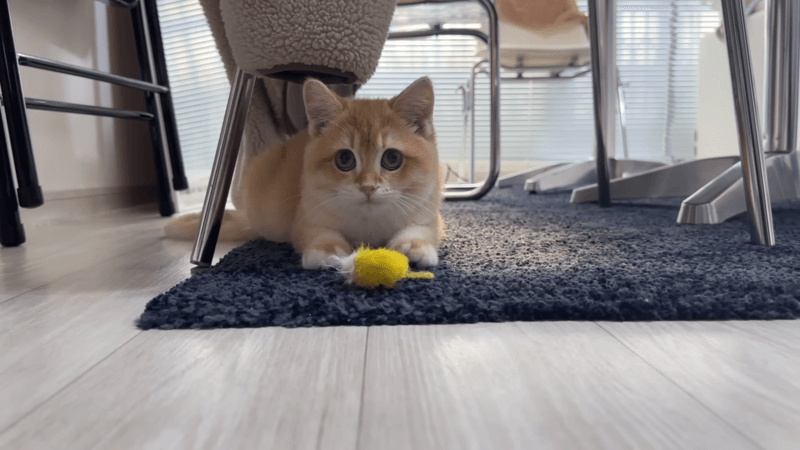No products in the cart.
How much should a cat weigh? This common query reflects the care and attention cat owners invest in ensuring the best possible health outcomes for their beloved pets. Understanding the ideal weight for a cat is essential for ensuring they lead a happy and healthy life.
We’ll go into great detail on this subject in this blog, offering insightful advice to help you maintain your beloved companion at their ideal weight.
Normal Cat Weight and Other Things that We Need to Know
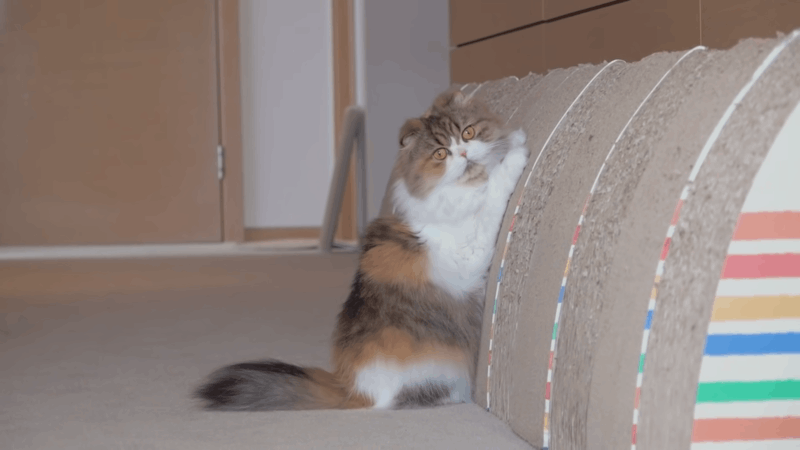
The breed, age, sex, and personal metabolism of a cat can all affect its average weight. On the other hand, the average adult domestic cat weighs between 8 and 10 pounds (3.6 and 4.5 kilograms). Smaller breeds may weigh less than larger dogs in some cases.
It’s critical to keep an eye on your cat’s weight and get veterinary advice if you observe any notable departures from this range, since these may be signs of serious health problems.
What is a Healthy Weight for a Cat?
A healthy weight for a cat is one that allows them to maintain good overall health and a proper body condition. The most crucial factor is that a cat has an adequate mix of muscle, fat, and total body composition, even though the typical weight range offers a broad guidance.
To assess your cat’s weight, you can use tools like body condition scoring, which involves evaluating factors such as the visibility of the waistline, the ability to feel the ribs without excess fat covering, and overall muscle tone.
How Much Should a Cat Weigh?
Cat breed, age, and personal traits are just a few of the variables that can greatly affect the appropriate weight. Cat owners should put keeping their feline companion’s general health and well-being above concentrating just on a certain number on the scale.
Regular veterinary check-ups can help monitor a cat’s weight and ensure they are within a healthy range. In order to control a cat’s weight and enhance their longevity and quality of life, it is also crucial to provide balanced food, sensible portion sizes, and frequent exercise. By monitoring your cat’s weight and implementing any required nutritional and lifestyle adjustments, you can ensure their happiness and well-being for the duration of their lives.
Obesity in Cats: Additional Aspects Worth Understanding
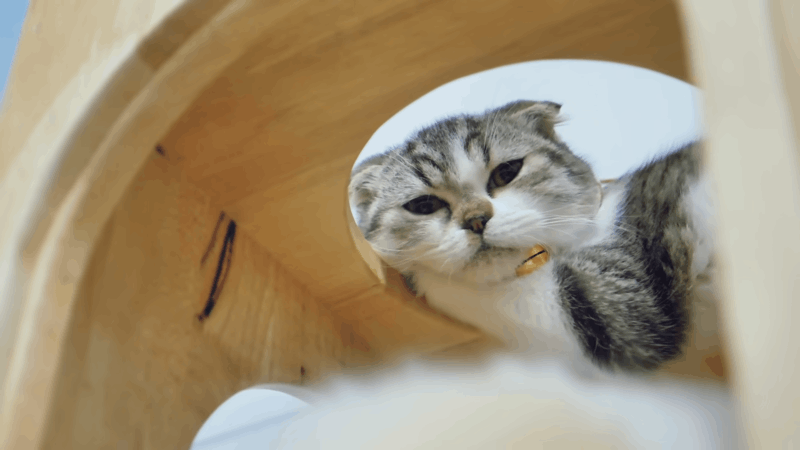
Obesity in cats is a prevalent and concerning issue that can significantly impact their health and quality of life. Like in people, obesity in cats is defined by an excessive build-up of body fat, which is frequently the outcome of consuming more calories than they burn off through physical activity.
Addressing obesity in cats requires a combination of proper nutrition, portion control, regular exercise, and veterinary guidance to ensure they maintain a healthy weight and optimal well-being.
Health Risks Associated with Cat Obesity
Cat obesity poses several significant health risks:
- Diabetes mellitus: Excess body fat can lead to insulin resistance and an increased risk of developing diabetes mellitus in cats.
- Arthritis: Obesity places additional strain on a cat’s joints, contributing to the development or exacerbation of arthritis, leading to pain and decreased mobility.
- Urinary tract disease: Obese cats are more prone to urinary tract issues, including urinary tract infections and bladder stones, due to reduced activity levels and altered metabolism.
- Respiratory problems: The excess weight can compress a cat’s chest cavity, leading to respiratory difficulties such as labored breathing, snoring, and an increased risk of developing conditions like feline asthma.
- Heart disease: Obesity increases the workload on a cat’s heart, leading to an elevated risk of hypertension (high blood pressure in cats), heart disease, and cardiovascular problems.
- Skin and coat issues: Obese cats may struggle with grooming, leading to skin problems such as dermatitis, fungal infections, and poor coat condition due to reduced mobility and difficulty reaching certain areas for grooming.
A cat’s general health and well-being depend on addressing these hazards through weight management, a healthy diet, and frequent exercise.
Cat Overweight but not Overeating
Cat overweight but not overeating refers to a situation where a cat has excess body weight despite not consuming excessive amounts of food. Hormonal imbalances, heredity, breed propensity, and decreased activity levels are some of the causes that may be involved.
Certain cats may be more prone to weight gain due to medical issues or slower metabolisms. Additionally, inappropriate feeding practices, such as free-feeding or offering calorie-dense treats frequently, can lead to weight gain even without overeating.
Cat owners need to monitor their furry friend’s weight closely, provide reasonable portion sizes, and encourage frequent exercise in order to keep their cat within a healthy weight range and prevent health issues linked to obesity. Visiting a veterinarian can assist in determining the underlying reasons and creating a customized weight-management strategy for the feline.
Best Cat Food for Overweight Cats
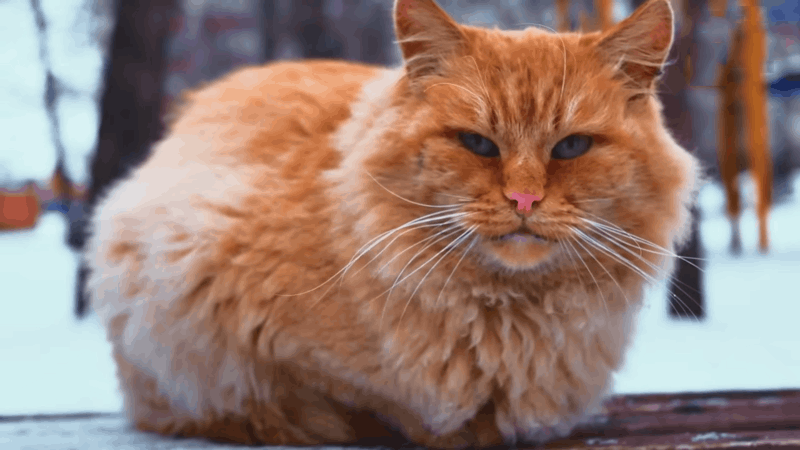
The best cat food for overweight cats is one that helps them lose weight gradually while still providing essential nutrients. Look for cat foods that are specifically formulated for weight management or have a “light” or “reduced calorie” designation. These foods typically have lower fat and calorie content compared to regular cat foods.
When choosing a cat food for overweight cats, consider the following:
- High protein, low carbohydrate content: Protein-rich diets help cats maintain muscle mass while losing fat. Select meals that have low carbohydrate content and high-quality protein sources, such fish, poultry, or chicken.
- Fiber-rich formulas: Fiber helps cats feel full and satisfied, which can reduce overeating. Look for cat foods with added fiber, such as vegetable fibers or grains like brown rice or oats.
- Controlled calorie content: Opt for cat foods with controlled calorie content to ensure your overweight cat consumes fewer calories while still feeling satisfied. This helps prevent excessive weight gain and supports weight loss.
- Limited treats and table scraps: Limit high-calorie treats and table scraps, as these can contribute to weight gain. Instead, offer low-calorie treats sparingly or use portion-controlled treats as rewards during weight loss efforts.
- Consult with a veterinarian: Please speak with your veterinarian before implementing any dietary modifications. They can offer tailored advice depending on the unique requirements, health, and weight loss objectives of your cat.
Always transition to a new cat food gradually to prevent cat digestive upset, and monitor your cat’s weight and overall health regularly throughout the weight loss process.
Can I Use CBD for an Overweight Cat?
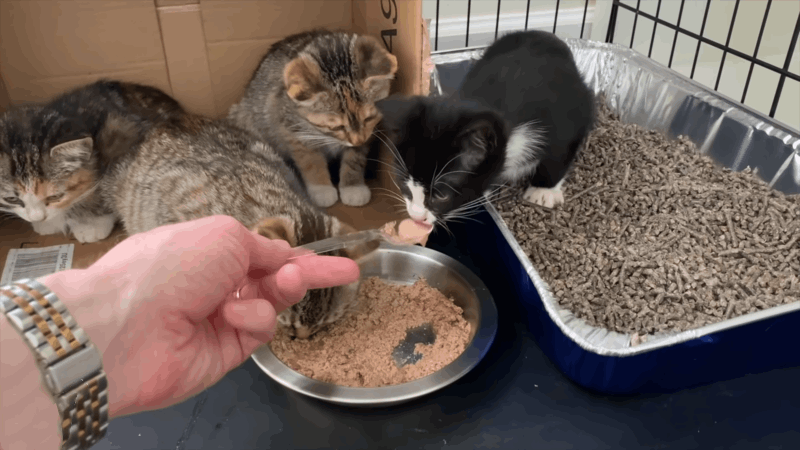
Pet CBD Club offers a range of premium CBD products that may provide potential benefits for overweight cats. While CBD alone isn’t a weight loss solution, it can support your cat’s overall well-being, potentially aiding in appetite regulation, reducing stress-related eating, and supporting metabolism.
Before adding CBD to your cat’s regimen, though, make sure it’s safe and suitable for their particular requirements by speaking with a veterinarian. With Pet CBD Club‘s commitment to quality and transparency, you can trust in their premium CBD products to help support your overweight cat’s health journey.
Conclusion
How much should a cat weigh? Understanding the ideal weight range for your feline companion is crucial for their overall health and happiness. Your cat can live a happy, active life and maintain a healthy weight with your aid if you keep an eye on their weight, provide them with balanced food, and encourage frequent exercise. Never forget that seeing your veterinarian for specific guidance on matters pertaining to your cat’s health is a wise choice.
Hello, I am Hazel Bennett, an experienced copywriter specializing in the fascinating topic of CBD for dogs. With a passion for pet wellness and extensive knowledge of CBD’s potential benefits, I am here to provide you with informative and engaging content.


